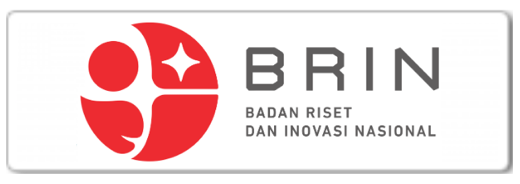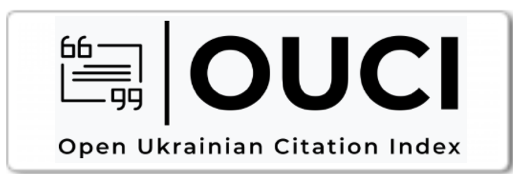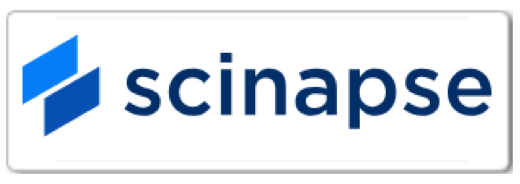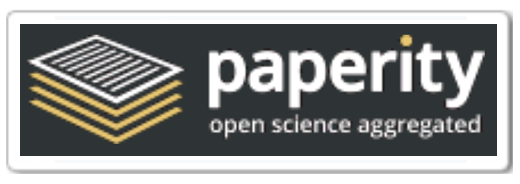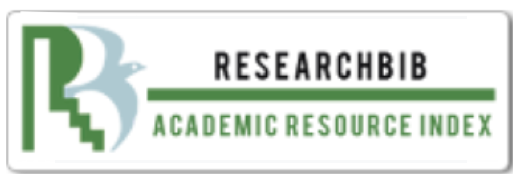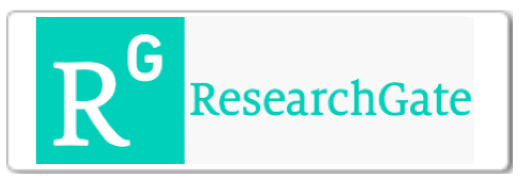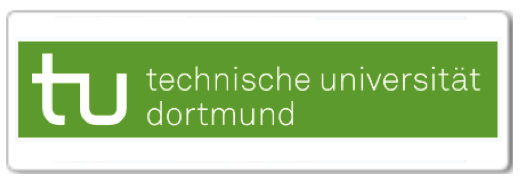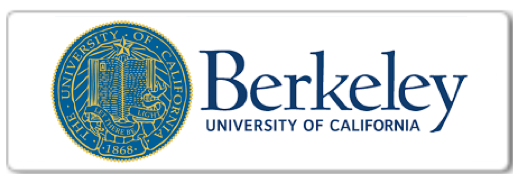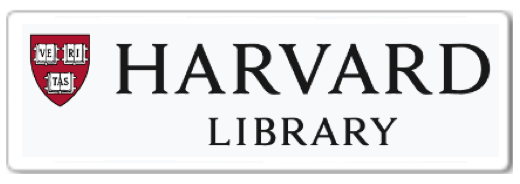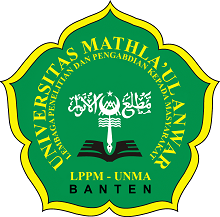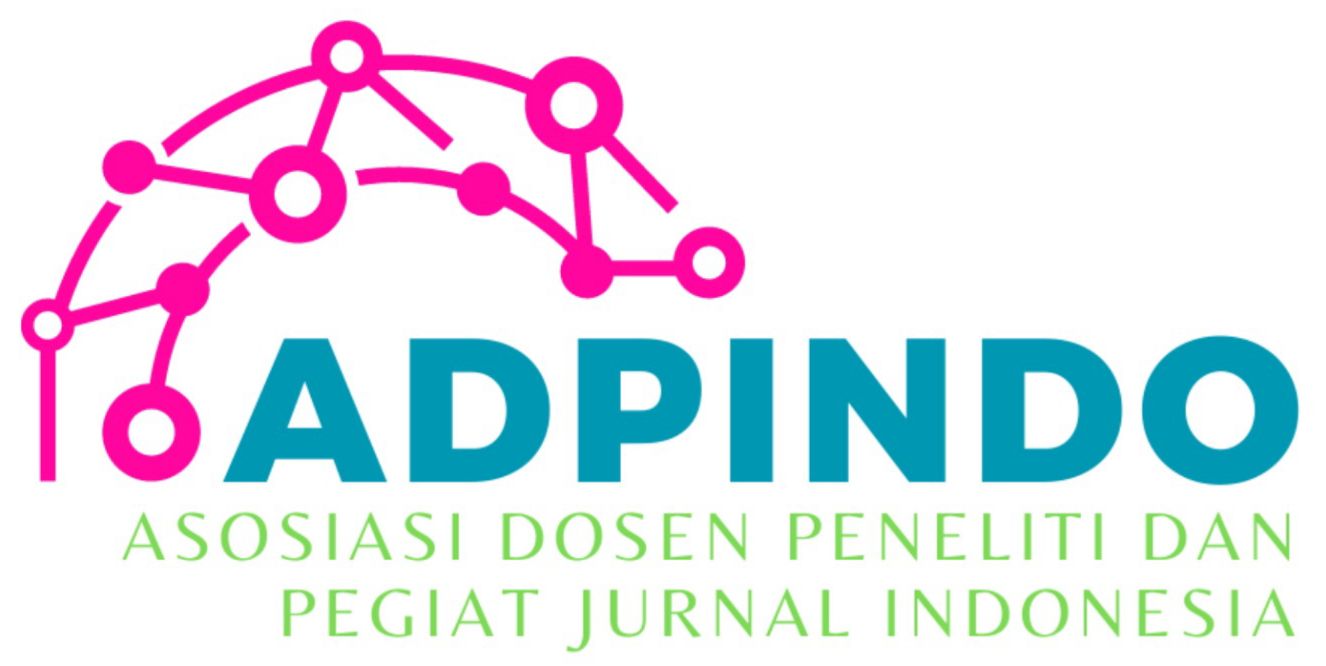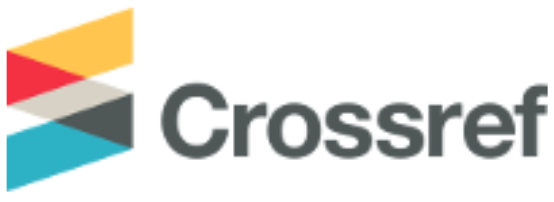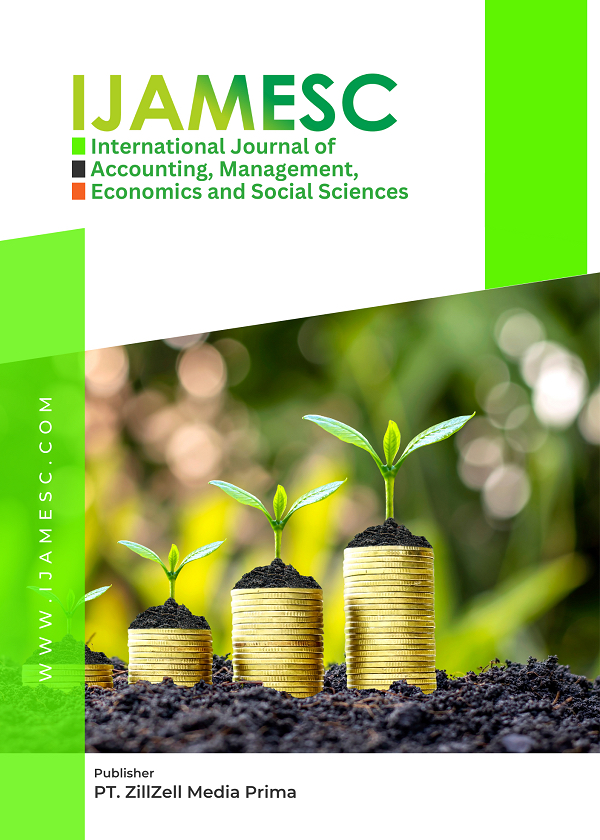ANALYSIS OF THE INFLUENCE OF GREEN INTELLECTUAL CAPITAL, LEVERAGE RATIO AND PROFIT QUALITY ON COMPANY VALUE WITH COMPANY SIZE AS A MODERATOR
Main Article Content
Eko Supriyanto
Joko Setiawan
Tris Sudarto
This study aims to analyze the effects of Green Intellectual Capital (GIC), leverage ratio (Debt to Asset Ratio - DAR), and earnings quality on the firm value of palm oil plantation companies listed on the Indonesia Stock Exchange (IDX). Furthermore, it investigates the moderating role of firm size in these relationships. The research employs a quantitative approach using panel data from publicly listed palm oil companies on the IDX from 2017 to 2024. Data were analyzed using panel data regression analysis with the EViews application to test the direct effects and moderating effects. The results indicate that: (1) GIC has a positive and significant effect on firm value; (2) Leverage ratio (DAR) has a negative and significant effect on firm value; (3) Earnings quality has no significant effect on firm value; (4) Firm size does not directly affect firm value but acts as a significant moderator; (5) Firm size weakens the positive effect of GIC on firm value; (6) Firm size strengthens the negative effect of leverage ratio on firm value, turning it less negative or positive in context; and (7) Firm size does not moderate the relationship between earnings quality and firm value. This study provides novel insights into the dual and contrasting moderating role of firm size in an emerging market context, specifically showing how it dampens the value of sustainability disclosures (GIC) while amplifying the acceptability of financial leverage. Managers should strategically disclose GIC to enhance valuation and adopt prudent leverage policies. For larger firms, it is crucial to communicate their sustainability efforts more effectively to maintain their premium, as investors' higher expectations can diminish the marginal value of these disclosures.
Anjani, N. K. D., Suyanto, & Charisma, F. D. (2023). The Effect of Profitability and Leverage on Firm Value with Earnings Quality as a Moderating Variable. Journal of Finance and Accounting, 11(2), 45-58.
Aviany, R., & Rifandi, A. (2024). Corporate Valuation and Investment Analysis. Penerbit Ekonomi Press.
Brigham, E. F., & Houston, J. F. (2019). Fundamentals of Financial Management (15th ed.). Cengage Learning.
BPS Indonesia. (2024). Statistik Kelapa Sawit Indonesia 2024. Badan Pusat Statistik.
Chen, Y. S. (2008). The positive effect of green intellectual capital on competitive advantages of firms. Journal of Business Ethics, 77(3), 271–286.
Dewi, N. L. P. S., & Ananda, C. P. (2024). Green Intellectual Capital: Konsep dan Pengukurannya. Jurnal Akuntansi dan Bisnis Kontemporer, 6(1), 77-89.
GAPKI. (2023). Indonesian Palm Oil Industry Annual Report 2023. Gabungan Pengusaha Kelapa Sawit Indonesia.
Hakim, L., & Setiawan, J. (2024). Sustainable Investment: Trends and Prospects in Emerging Markets. Journal of Sustainable Finance, 12(3), 112-125.
Haryono, S., & Iskandar, T. (2015). Manajemen Kinerja Perusahaan. Penerbit Universitas.
Hidayah, N. (2025). Environmental Economics of the Palm Oil Industry. Green Publishing.
Kurniawati, E., & Widiayana, M. (2024). Green Innovation and Corporate Sustainability: Evidence from Indonesia. Asian Journal of Business and Environment, 8(2), 34-47.
Mohd, S., Rahman, A., & Rasid, S. (2019). The Role of Green Intellectual Capital on Business Sustainability. Journal of Intellectual Capital, 20(5), 621-635.
Nanang, A., & Tanusdjaja, E. (2019). Teori Akuntansi: Kualitas Laba dan Manajemen Laba. Salemba Empat.
Nur Aeni, S., & Murwaningsari, E. (2023). The Effect of Environmental Performance and Environmental Disclosure on Firm Value. Journal of Environmental Accounting and Management, 11(1), 22-35.
Penman, S. H., & Zhang, X. J. (2002). Accounting conservatism, the quality of earnings, and stock returns. The Accounting Review, 77(2), 237–264.
Pratama, B. C., & Wiksuana, I. G. B. (2016). Pengaruh Size Perusahaan pada Kualitas Laba. E-Jurnal Ekonomi dan Bisnis Universitas Udayana, 5(12), 3907-3936.
Putra, I. G. B. W., & Anwar, M. K. (2021). Firm Size, Profitability, and Firm Value: Evidence from Indonesia. International Journal of Science and Research, 10(4), 1122-1127.
Rahmah, S., & Suyanto. (2020). Earnings Management and Its Impact on Earnings Quality. Jurnal Riset Akuntansi dan Keuangan, 15(3), 45-60.
Serrano, A. (2024). Financial Management in Agribusiness: A Capital Intensive Industry. Agribusiness Press.
Spence, M. (1973). Job Market Signaling. The Quarterly Journal of Economics, 87(3), 355–374.
Supriyadi, A., & Ghoniyah, N. (2022). Corporate Social Responsibility and Sustainable Development. Penerbit Universtas.
Triyani, L., & Rusmanto, T. (2023). The Effect of Sustainability Reporting on Firm Value with Profitability as a Moderating Variable. Journal of Economics and Business, 17(2), 201-215.
USDA. (2024). Oilseeds: World Markets and Trade. United States Department of Agriculture, Foreign Agricultural Service.
Yulimtinan, P., & Atiningsih, S. (2021). The Effect of Company Size, Leverage, and Profitability on Firm Value. Journal of Accounting and Investment, 22(2), 345-362.
Zalfa, A., & Novita, D. (2021). Resource-Based View: Green Intellectual Capital as a Strategic Asset for Competitive Advantage. Journal of Strategic Management, 9(4), 123-135.
















